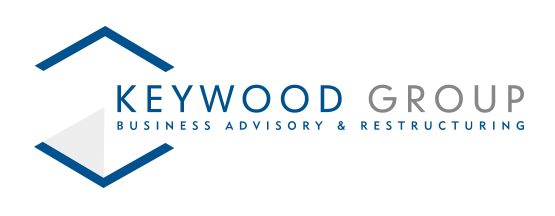Understanding Creditors’ Voluntary Liquidation
In the dynamic world of business, companies may face challenging situations that lead to insurmountable financial difficulties. When a company finds itself unable to pay its debts and is unable to continue operating, it may consider liquidation as a viable solution. Creditors’ Voluntary Liquidation (CVL) is one such option that businesses may pursue to wind up their operations in an orderly manner. In this blog, we will delve into the concept of Creditors’ Voluntary Liquidation, exploring its purpose, process, and implications for all parties involved.
What is Creditors’ Voluntary Liquidation?
Creditors’ Voluntary Liquidation, commonly known as CVL, is a formal insolvency procedure where a company decides to voluntarily cease its business operations and liquidate its assets to pay off its outstanding debts. The decision to enter into CVL is typically made by the company’s board of directors and requires the approval of the company’s shareholders. This liquidation process is considered an ethical approach as it prioritizes the interests of the company’s creditors over those of its shareholders.
The Purpose of CVL
The primary goal of Creditors’ Voluntary Liquidation is to provide an orderly and efficient means of winding up a company’s affairs when it is no longer able to meet its financial obligations. By voluntarily choosing liquidation, the company can avoid compulsory liquidation, a process initiated by creditors or regulatory authorities, which can be more disruptive and costly.
CVL is a transparent and controlled process that allows for the fair distribution of the company’s remaining assets among its creditors. It helps to settle debts to the best of the company’s ability and provides a chance for directors to demonstrate their commitment to responsible financial management.
What is the CVL process?
The process of CVL involves several essential steps:
- Director’s meeting: The directors must convene a board meeting to discuss the company’s financial situation and decide whether liquidation is the best course of action.
- Shareholder approval: If the directors conclude that liquidation is necessary, they must call for a general meeting of the company’s shareholders to gain their approval. A resolution to wind up the company must be passed by a majority of shareholders.
- Appointing a licensed insolvency practitioner: Upon the passing of the resolution, the directors must appoint a licensed insolvency practitioner (IP) to oversee the liquidation process. The appointed IP will act as the liquidator.
Role of the Liquidator
The liquidator is responsible for managing the entire liquidation process and ensuring that the interests of all stakeholders are protected. Their duties include:
- Identifying and realizing assets: The liquidator will identify, value, and sell the company’s assets to generate funds for distribution among creditors.
- Investigating the company’s affairs: The liquidator will conduct investigations to determine the reasons behind the company’s financial failure, ensuring that there were no instances of fraudulent activity.
- Distributing funds to creditors: The liquidator will prioritize creditors’ claims and distribute the available funds accordingly, following a statutory order of priority.
Implications for Creditors and Shareholders
Creditors’ Voluntary Liquidation has different implications for creditors and shareholders:
- Creditors: CVL offers creditors a controlled and transparent process to recover as much of their outstanding debts as possible. The liquidator will distribute available assets according to the priority of their claims, and creditors will receive a proportionate payment based on their position in the hierarchy.
- Shareholders: Shareholders’ interests are subordinated to those of creditors in CVL. Once creditors’ claims are settled, any remaining funds are distributed among shareholders according to their shareholdings. However, it is important to note that in most cases, shareholders may not receive any significant return, especially if the company has substantial debts.
Insolvency Practitioners and Creditor Voluntary Liquidation
Creditors’ Voluntary Liquidation is a responsible and ethical approach for a financially distressed company to wind up its operations while prioritizing its creditors’ interests. By taking proactive measures to initiate liquidation voluntarily, the company can control the process and ensure fair treatment for all stakeholders involved.
While CVL marks the end of a company’s journey, it also allows for a fresh start for the directors and employees involved, opening the door to new opportunities and lessons learned for future endeavours. Contact Keywood Group today for a free no obligation consultation with our Insolvency professionals based at our offices in Birmingham or London.











